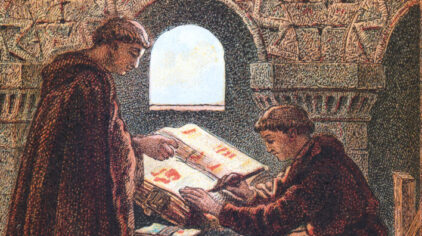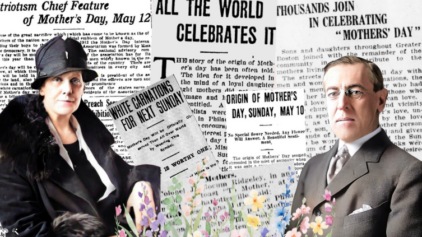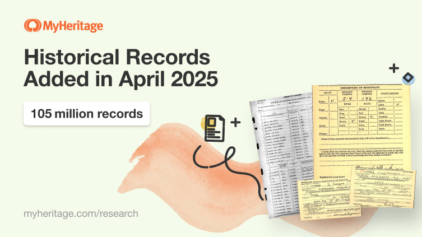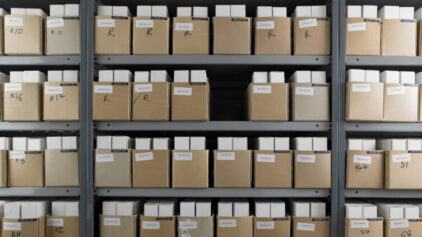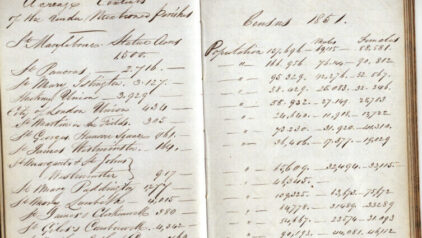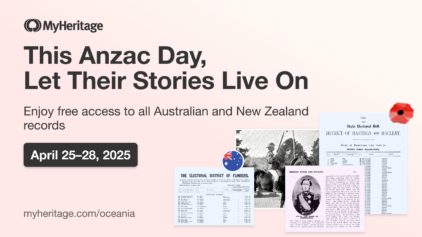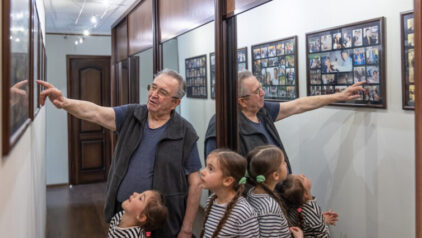How Did Countries Document Their Populations Before Censuses and Vital Records?
- By David Ridd ·
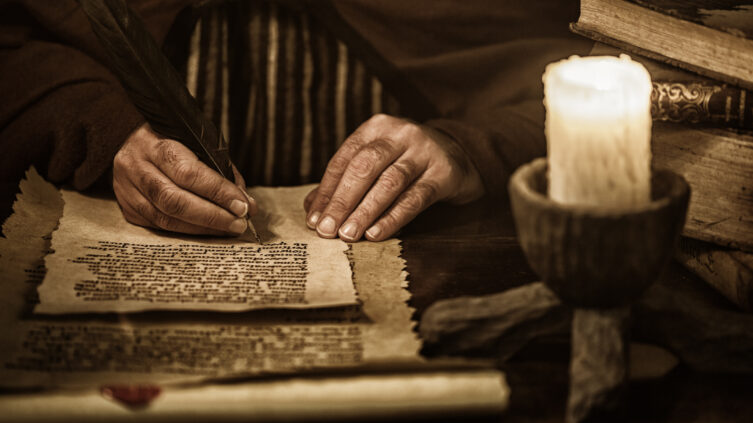

When you’re building a family tree, there’s nothing more exciting than uncovering an old birth record or a detailed census listing. But if you’ve ever traced your ancestors back far enough, you’ll notice something odd: the paper trail thins out, or vanishes altogether. This is where things get extra tough. Before governments created official registries, how did communities keep track of births, marriages, and deaths? The short answer: not very well.
Long before modern recordkeeping and especially magnificent digital libraries, families relied on churches, local officials, and even word of mouth to preserve their histories. While these early records often need added verification, they still hold valuable clues for genealogists today.
Faith and Family: Church Records Were the Backbone
In many parts of the world, especially across Europe and Latin America, religious institutions were the first to record life events. Before civil governments took over, churches stepped up to keep track of births, marriages, and deaths. Common types of church records include:
- Baptismal registers: Recording births and christenings.
- Marriage banns and certificates: Documenting unions, often listing parents’ names and birthplaces.
- Burial registers: Logging deaths and sometimes offering information about cause of death or family members.
For example, in colonial Colombia, Catholic parishes — required by Spanish law under the Council of Trent (1545–1563) — kept baptismal and marriage records that today form the backbone of early genealogical research. Similarly, in rural Austrian villages, church registers (known as Pfarrmatrikel) were often the only official documents available for centuries.
Curious how to tell if a record can be trusted? Learn why it’s important to verify multiple sources in genealogy.
Land, Taxes, and Military Service: Early Civil Lists
Governments may not have always tracked individual families, but they definitely kept a close eye on their lands, taxes, and armies. For that reason, some of the earliest “proto-census” records were created not to document people’s lives, but to document what they owed.
That’s right—death and taxes. You might find ancestors listed in:
- Land ownership rolls (who owned property and what it was worth).
- Tax lists (especially during times of war or economic hardship).
- Military drafts or muster rolls (especially for young men of fighting age).
In Austria, for instance, the Urbarium was a detailed inventory of land holdings and obligations owed by peasants to their lords, long before civil birth records existed. Similarly, early colonial governments in South America often kept tax lists of households to fund local projects and defenses. These records may not offer full family trees, but they can sometimes reveal:
- Names of heads of households
- Family relationships (occasionally)
- Locations and occupations
- Social standing within the community
Oral Traditions and Local Memory
In regions where written records were rare, especially among indigenous communities or rural populations, oral tradition filled the gap. Names, family lines, and major events were passed down through storytelling, rituals, and community memory. However, if you’ve ever played a game of telephone—it’s a “trust, but verify” situation.
That being said, in parts of Colombia, for example, Afro-Colombian and indigenous communities preserved their histories through oral storytelling well into the 20th century, offering rich genealogical details not always found in official archives. While they’re a bit harder to trace today, oral history remains a powerful tool:
- Interviews with elders can surface family links and migrations.
- Community historians may have preserved informal records or traditions.
- Family stories—even if they’re imperfect or a little embellished—can lead to discoveries when paired with DNA testing or written research.
If you’re looking for other avenues of exploration, here are 8 Types of Historical Documents You Can Use to Find Ancestors.
The Takeaway: History Leaves Clues Everywhere
Even before modern censuses and vital records, families still found ways to document births, deaths, and milestones. Whether through baptismal records, tax rolls, military service, or oral storytelling, traces of your ancestors exist—it’s just about learning where to look!


